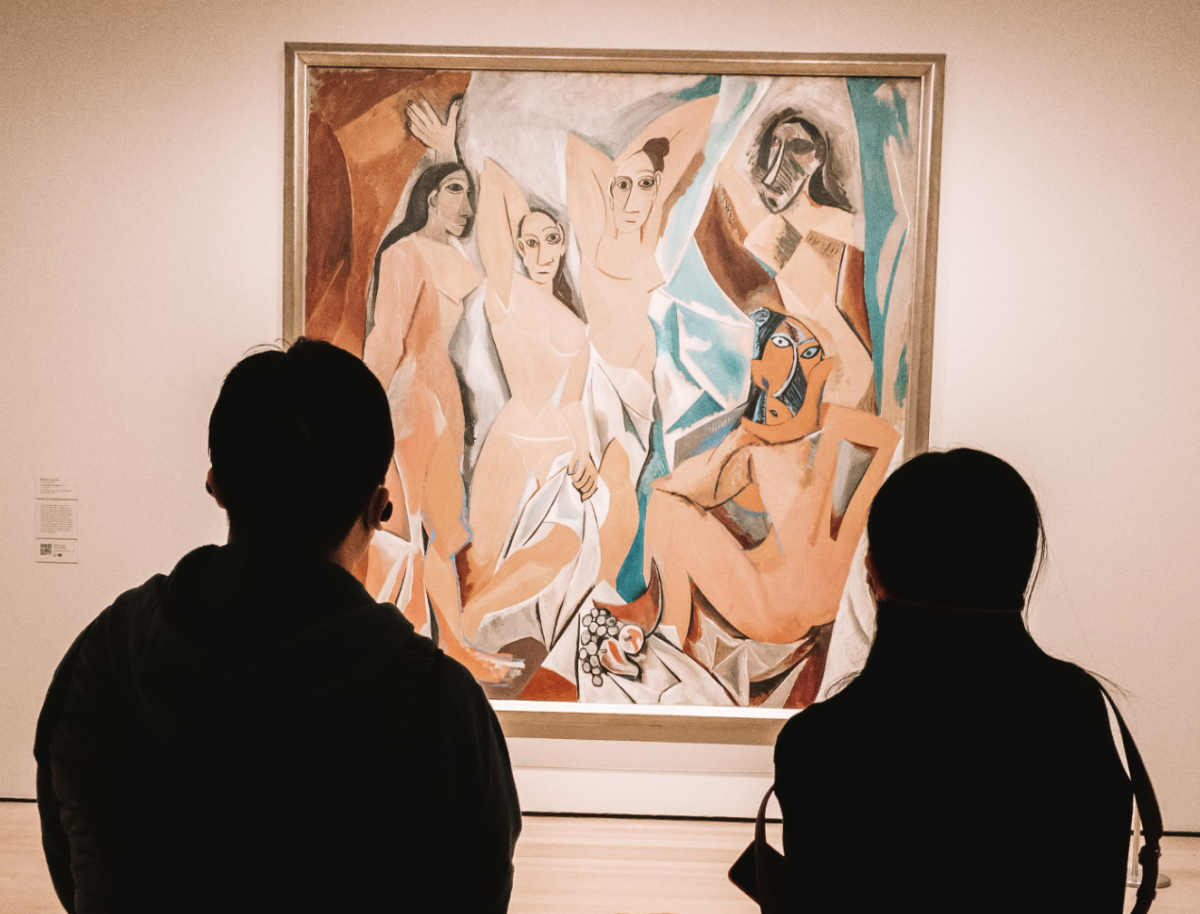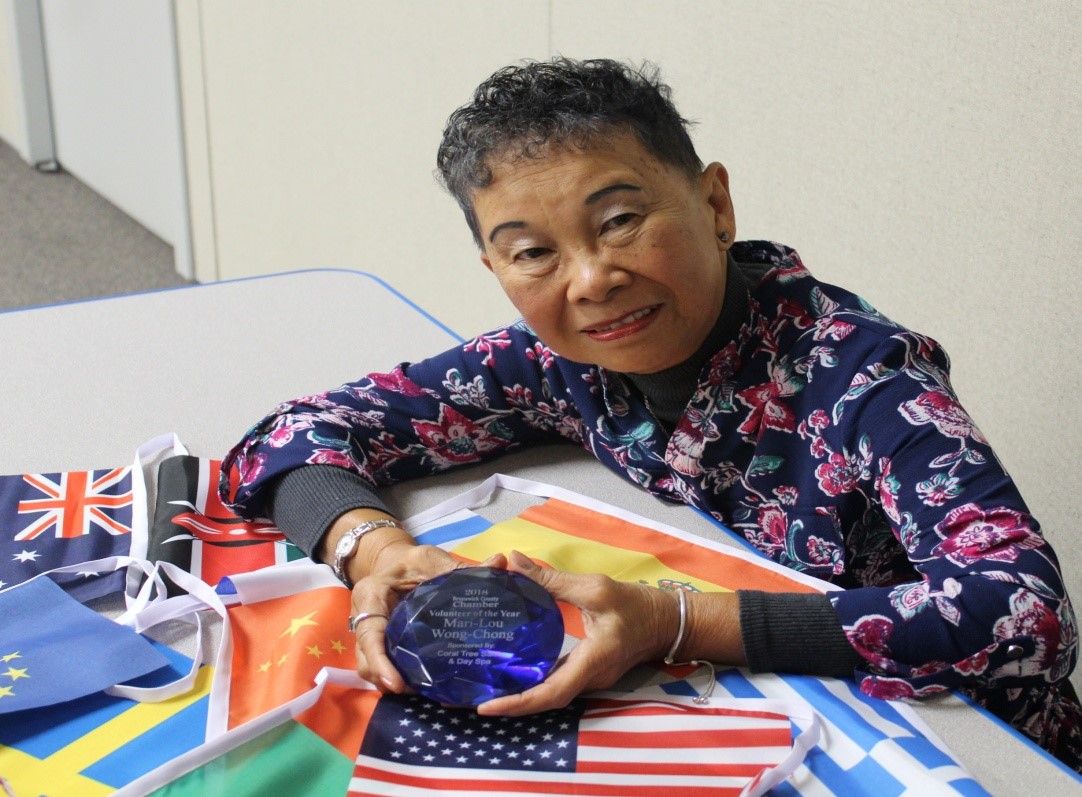Almost every artist’s journey begins with imitating other artists. Imitation is not the same as plagiarism, where you claim another’s work as your own. It’s simply a way to improve your craft. Copying artists you admire allows you to learn their techniques and explore what works and what doesn’t. Over time, the experience will enable you to discover your own style and voice.
We like to think that the great Michelangelo created his David or painted the Sistine Chapel ceiling from sheer untrained genius. But the young Michelangelo studied his craft like any Renaissance apprentice, learning from a master, copying, and experimenting with various materials and styles. Alan Pascuzzi, a painter, sculptor, and professor of art history, shares in his book, Becoming Michelangelo, how he “apprenticed” himself to Michelangelo by studying and imitating the latter’s surviving drawings. The exercise allowed Pascuzzi to follow Michelangelo’s maturation from novice to fully realized artist, noticing what he was not as good at drawing (horses), what he struggled with (drapery), and how he cleverly reused or cloned what he excelled at (muscles, legs, arms, hands, torsos) to create the 343 figures on the Sistine Chapel.
Aspiring authors can do the same. Experts suggest dissecting the writing of the books and authors you love to gain insight and determine what works for you. Is it the pacing? Choice of words? Character or setting descriptions? Tone? Dialog?
Several years ago, I was captivated by memoir. I read memoirs, studied the craft of memoir, and took adult education courses on the subject. One of my favorite memoirs was Growing Up by Russell Baker, which covers his Depression-era youth and America between the wars. (For those too young to remember Baker, he was a reporter and syndicated columnist for the New York Times and a two-time Pulitzer Prize-winning author.)
As a reporter, Baker often had to do what he called “a ballet in a telephone booth,” creating a compelling article in 750 words. Analyzing just a few pages of “Growing Up,” I saw how he applied this economy of language to his life story. Within the first two pages, we learn much about his small but formidable mother in a few vivid words: “[She] hurled herself at life with chin thrust forward, eyes blazing, and an energy that made her seem always on the run.”
Baker also has a self-deprecating humor that I appreciate. His mother tells him he “lacks gumption” and “needs to make something of himself.” This phrase—to make something of oneself—is repeated throughout the memoir when Baker refers to himself or other people. Because we know how successful the author eventually becomes, it makes us smile.
Strong verbs and colorful figures of speech are also part of Baker’s arsenal. The main road of his boyhood rural town was “forked… one branch ambled toward…Uncle Irvey’s house, then lurched to avoid hitting the creek and disappeared into a briar patch.. The other branch ran smack through the middle of town as though intending to become a real road, but it lost its heart after it passed my grandmother’s house and meandered off in a lackadaisical path toward the mountain.”
Another author I admire is Jodie Picoult. Picoult writes popular fiction whose storylines tackle contemporary issues (school shootings, teen suicide, racism, euthanasia, etc.) and characters facing complex moral dilemmas. She often starts with the enticing incident, then presents in consecutive chapters the perspectives of two or more different characters. Experimenting with this type of writing takes in-depth research, well-developed arcs for several characters, and careful pacing so that the story unfolds in a way that keeps the reader guessing.
Sometimes, you pick up just some small jewels from a writer. A Gentleman in Moscow by Amor Towles is historical fiction featuring Count Alexander Rostov, whom a Bolshevik tribunal forces to live under house arrest in the Metropol Hotel. The plot takes off slowly in the book’s first half as the Count seeks to discover his sense of purpose, but the descriptions of the hotel’s various characters are priceless.
Take, for instance, Andrey, a former circus juggler and now the maître d’ of the hotel’s fine restaurant. Andrey’s most distinguishing feature is his hands, to which Towles devotes two entire paragraphs: “Pale and well manicured, his fingers were half an inch longer than the fingers of most men his height…Had he been a puppeteer, he could have performed the sword fight between Macbeth and Macduff as all three witches looked on…Having just led a group of women to their table, Andrey seemed to pull back their chairs all at once. When one of the ladies produced a cigarette, he had a lighter in one hand and was guarding the flame with the other. And when the woman holding the wine list asked for a recommendation, he slightly extended his index finger in a manner reminiscent of that gesture on the Sistine Chapel’s ceiling with which the Prime Mover transmitted the spark of life.”
You need not spend two paragraphs describing one character’s feature, but Towles’s clever approach also tells us something about Andrey’s attentive and solicitous personality. Finding creative ways to describe characters or places would improve my writing, so examining how one of my favorite authors tackles this aspect of craft is time well spent.
How about you? Who are your best-loved artists and writers? Take the time to analyze a piece of their work to see what makes it stand out. Then try incorporating the lessons learned into your own work.






























